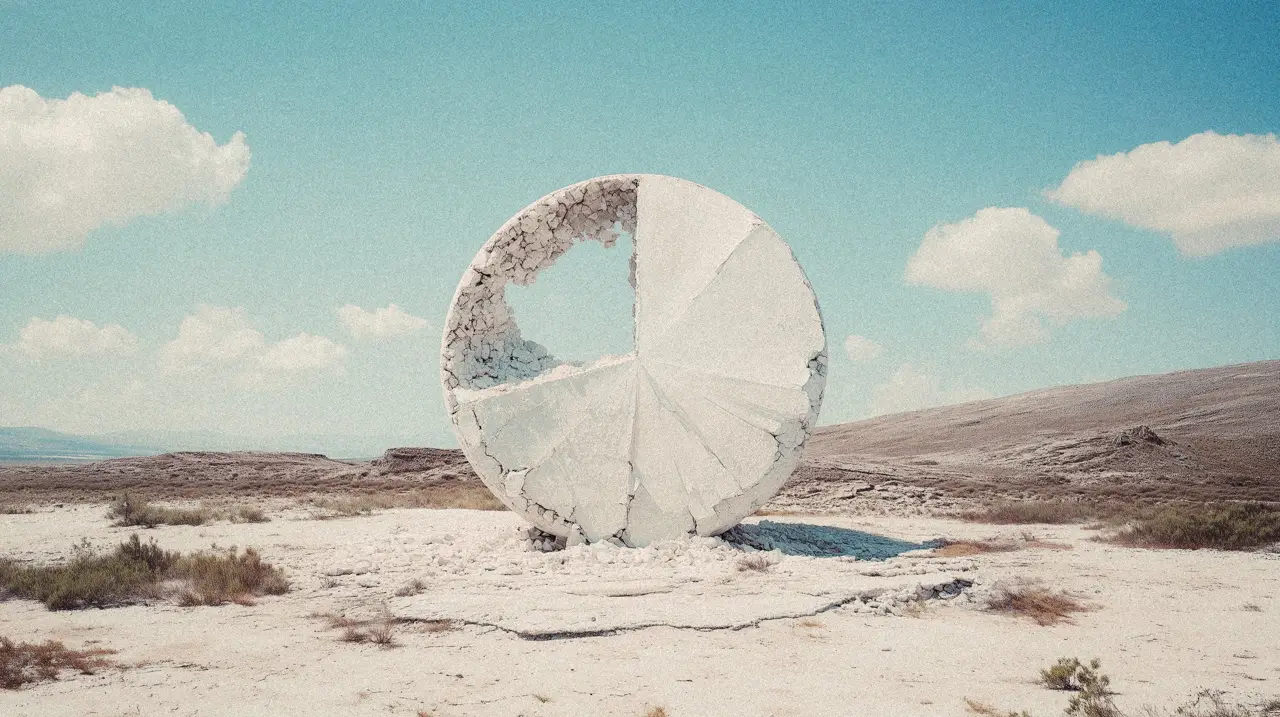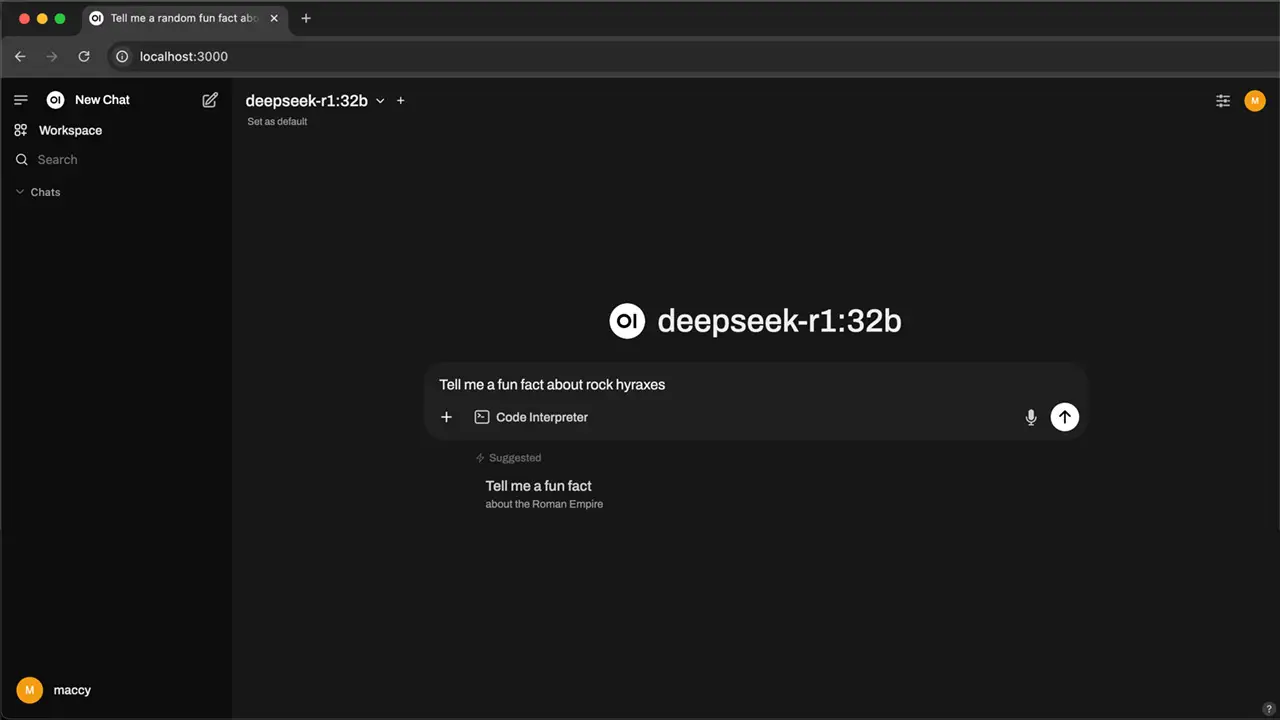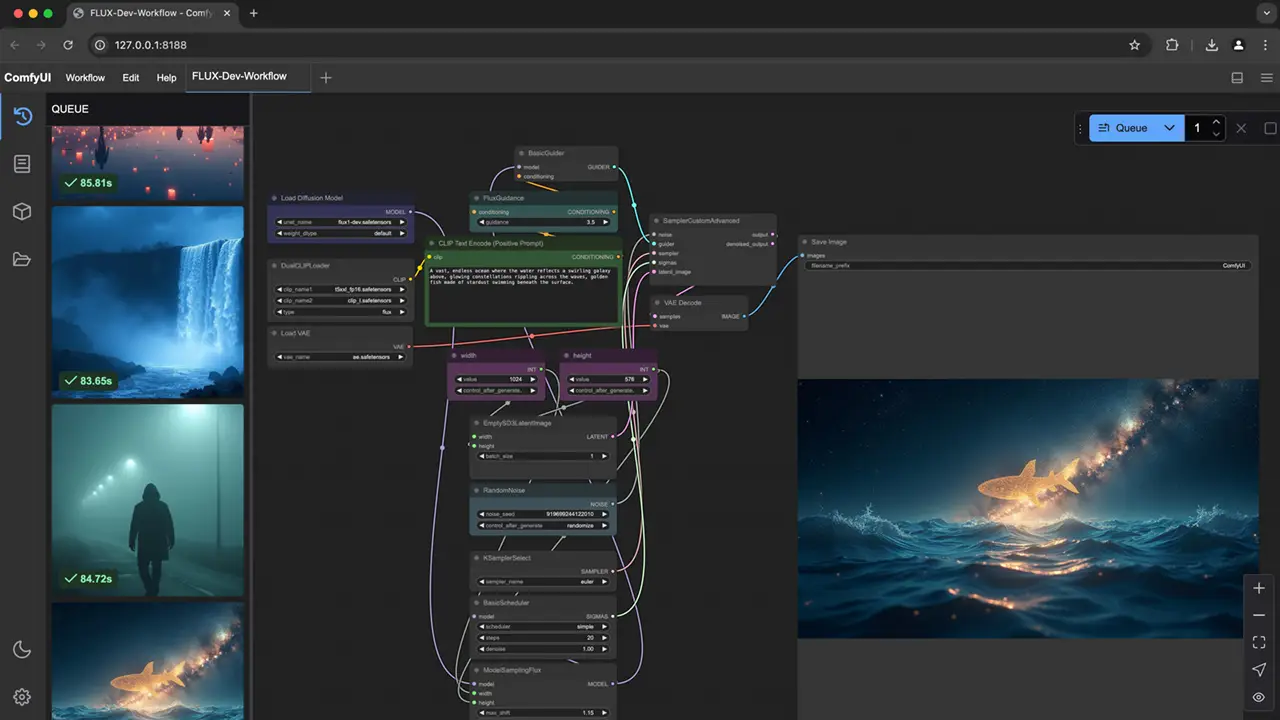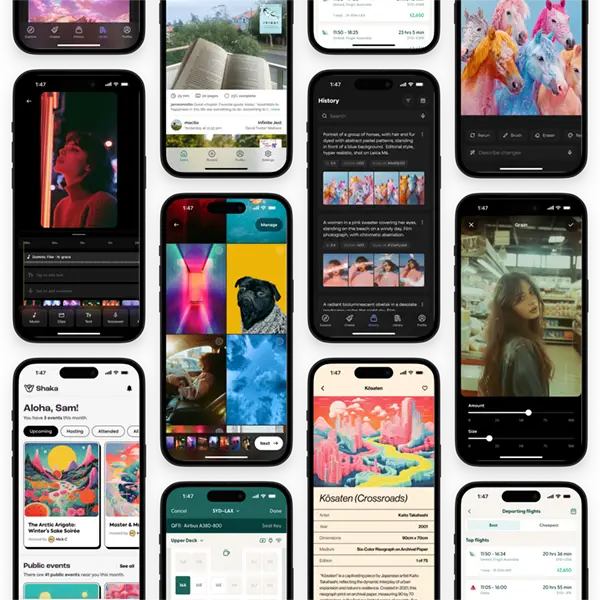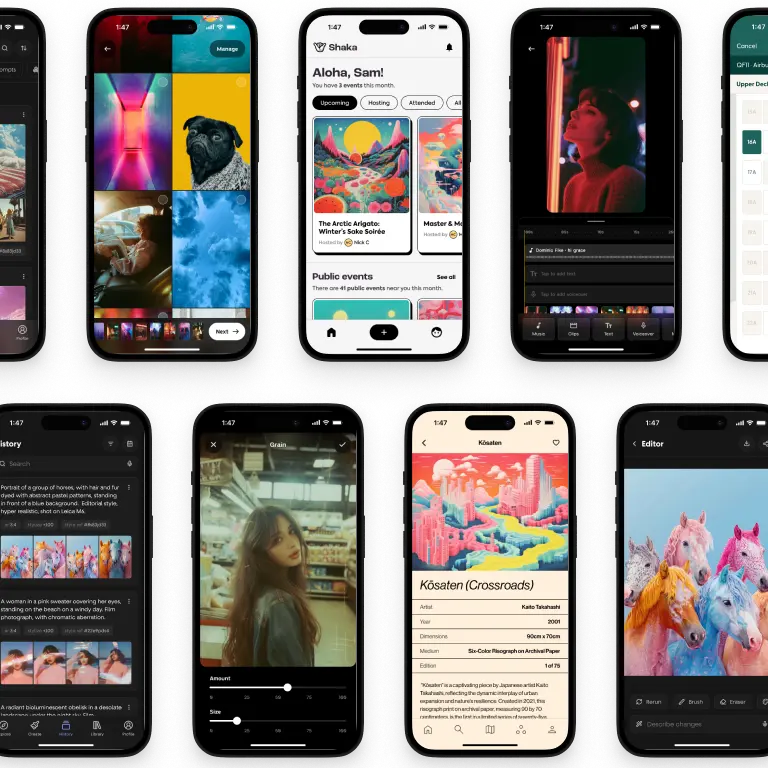Introduction
The way we work is evolving. Expedited by lockdowns during the pandemic, companies are adapting as traditional employment models give way to more flexible working arrangements. Among these emerging models is fractional work—whereby experienced professionals split their time across multiple companies, rather than a single employer.
Initially gaining prominence with executives like CFOs and CMOs, this model has given rise to the Fractional UX Designer—experienced design leaders who work with companies on a part-time basis, helping them to design and validate MVPs, improve the usability of products, and drive growth by reducing friction. Like their finance and marketing counterparts, fractional UX designers bring extensive experience and expertise, with their hours scaled down to match each company’s individual needs and budget.
The Rise of the Fractional Model

The fractional work model has gained significant traction, particularly in the aftermath of the global shift to remote work. At its core, fractional work challenges a century-old assumption: that professional roles require a consistent 40 hour week. Instead, it recognizes that companies often need advanced expertise, just not on a full-time basis.
The model first emerged with C-suite roles. Early-stage companies discovered they could access the expertise of experienced CFOs to establish financial processes or seasoned CMOs to develop marketing strategies, without the substantial cost of full-time executive hires. For a company that only needed 10 hours of CFO-level strategic guidance per week, the fractional model made more sense financially.
The success of the fractional model by such executives has led to its adoption in other specialized domains. Companies are increasingly realizing they can build more efficient teams by matching hours to their actual needs, whether it’s 5, 10, or 20 hours. This is particularly valuable for startups who need to manage burn rate and remain lean, but still want to access top-tier talent.
What distinguishes fractional roles from traditional consulting or freelancing is their embedded nature. Fractional professionals become part of the team, engaged on a monthly or quarterly retainer, rather than on a project-basis. They attend meetings, shape strategy, and often manage full-time team members just like their full-time counterparts, but with their hour allocation scaled down to match the company’s needs.
Catalyzed by the growth of cheap graphic design subscriptions, we’re now seeing the adoption of this model with user experience design. As companies recognize the importance of the end user experience to their success, they also understand that they may not need, or be able to afford, an experienced design leader on a full-time basis. Fractional UX designers fill this gap, making top-tier expertise accessible to companies for a fraction of the cost.
What does a Fractional UX Designer do?
The role of a fractional UX designer may vary significantly depending on the size and stage of the product and company. Early-stage companies may require support for tasks like user research, journey mapping, and defining an information architecture—whereas more mature products may need help with improving usability, reducing churn, and driving growth through conversion optimization.
Core Responsibilities
Although the title often only mentions “UX Design”, the role more typically spans both user experience and user interface design, and is likely to include the following skillsets:
- User Research: They conduct qualitative and quantitative research to understand user needs, identify new opportunities, and help product managers ensure they’re building a product that solves a real need.
- User Experience Design: They architect the end-to-end experience of digital products, from concept to final flows. This typically involves conducting user research, mapping user journeys, developing information architecture, creating user flows, and ensuring products are intuitive and meet user needs. This is particularly crucial for early-stage products and MVPs, where getting the core experience right can make or break a product.
- User Interface Design: They craft the visual language of digital products, translating user flows and wireframes into polished interfaces that are aesthetically-pleasing, functional, and convey legitimacy.
- Growth & Experimentation: They audit, map, and analyze user journeys to identify opportunities to improve acquisition, conversion, and retention. Leveraging robust quantitative methodologies, they help product managers define and validate hypotheses to optimize every step of the funnel to help scale products sustainably.
- Design Systems: They develop and maintain scalable design systems that ensure a consistent user experience, fulfill accessibility standards, and improve engineering efficiency.
- Landing Pages & Websites: They design and optimize landing pages and websites to communicate product value and drive conversions.
Fractional UX Design for Early-Stage Startups
Fractional UX designers help early-stage startups ship intuitive user experiences from day one. They bring a wealth of experience, which help founders to create user-friendly MVPs, and ship a product which is able to solve user problems both more effectively and efficiently. They help startups avoid common pitfalls and improve execution efficiency, translating into a lower burn rate, and a more solid foundation for scale.
Fractional UX Design for Scale-Ups
Fractional UX designers help scale-ups implement robust experimentation frameworks to systematically drive adoption and reduce churn. By identifying opportunities, and improving conversion of existing traffic, they facilitate more sustainable growth, and higher revenue per user.
Fractional UX Design for Enterprise
Fractional UX designers can also help enterprises tackle the unique challenges of complex digital transformation initiatives. Modernizing legacy systems comes with a host of interaction design challenges which requires careful attention to mental models and user behavior patterns. Fractional UX designers designers are well-equipped to address these challenges, minimizing thrash and driving greater adoption.
Benefits of Hiring a Fractional UX Designer
Access to Better Talent
Fractional arrangements provide access to elite UX designers who would typically command significant compensation packages at FAANG companies or significant equity at startups. Through the fractional model, companies can tap into this talent pool—comprised of professionals who have successfully executed ambiguous projects at tech giants and high-growth startups—without the astronomical costs or equity dilution typically required to attract them. These designers bring deep expertise from working across multiple industries, products, and challenges, typically with over a decade+ of experience leading UX design at various scales. They offer the same caliber of strategic thinking and execution that drives success at leading tech companies, but in a more accessible format that better meets the needs of young companies. Their diverse experience means they can solve complex problems more quickly and effectively than less experienced full-time hires, while their pattern recognition from working on successful products at scale helps companies avoid costly mistakes.
Flexibility and Scalability
The fractional model offers flexibility in how companies engage design talent. With weekly hour allocation and total engagement duration up for discussion, companies are able to negotiate an agreement that makes sense for their unique requirements and budget. Where they have major product launch or redesign, they can simplify scale-up their allocation, and scale back down during maintenance periods. This adaptability is particularly valuable for companies with variable design needs, or whose growth path is uncertain.
Cost-Effectiveness
The lack of full-time hours, plus the flexibility of scaling up and down naturally translate into a more cost-effective solution, as companies only pay for the time they need—rather than forking out for a full-time employee who may be underutilized for extended periods. Further, by hiring more senior expertise, there is less risk of wasting time and money paying engineers to build poorly-designed products, which struggle to gain traction and drive churn.
Drawbacks of Hiring a Fractional UX Designer
Availability
Inherent to the nature of the engagement, fractional UX designers typically aren't available for ad-hoc meetings like full-time employees. Accordingly, it’s essential that companies engaging fractional designers align on clear meeting cadences and communication channels. Clarity on such processes in advance ensures smooth collaboration, even across different time zones and with limited hours.
More Reliance on Async Comms
Since fractional designers aren't present for every internal meeting, there is naturally more reliance on asynchronous communication. Although some companies are used to working in this manner, others require some adaptation to ensure context is consistently communicated promptly.
Time Allocation
By definition, Fractional engagements are not full-time, meaning there is less total time spent executing. However, the quality of expertise and accompanying execution speed result in higher output per hour, meaning a fractional designer can often produce more output than their full-time counterpart.
Conclusion
The fractional UX design model represents a compelling evolution in how companies can access elite design talent. It enables organizations to tap into FAANG-caliber expertise without needing to fork out for inflated compensation packages. This approach is particularly suitable for:
- Early-stage startups needing guidance to ship better quality experiences;
- Scale-ups looking to drive greater growth through improved usability;
- Enterprises seeking specialized expertise to drive successful digital transformation.
While the model may require some adaptation to accommodate more asynchronous communication, for most companies the benefits far outweigh this inconvenience. Organizations gain access to top-tier expertise that can help them make better decisions faster, avoid costly mistakes, and ship better products.



